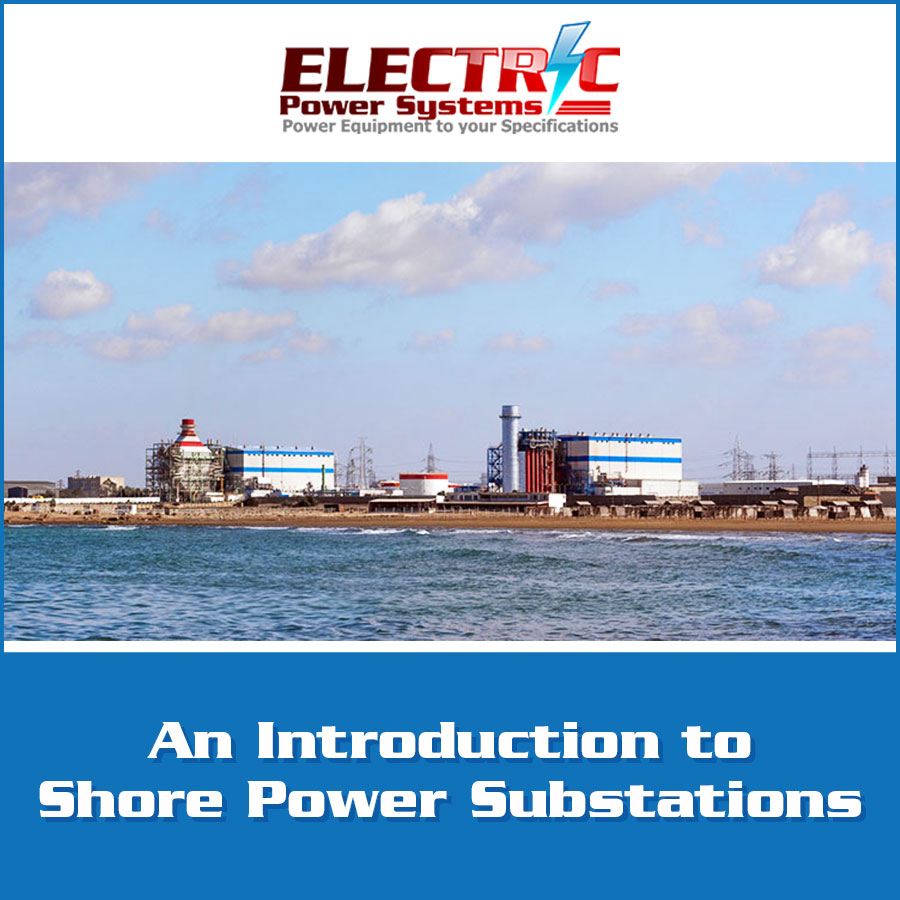Ships need ongoing energy for propulsion, unless they dock. At the same time, ships still consume a significant amount of energy when they are stationary, as many ship functions still have to operate. For example, when at dock, a ship’s ventilation, heating, cooling, pumps, control systems, and cargo handling systems need to keep running. Instead of bringing generators on board to power these systems, electricity can be provided through shore power substations.

Shore power substations can be used in conjunction with nearly any type of vessel when power is needed at harbor. For smaller vessels, these ships will often draw power from land-based supply systems, a process which has been used for many years for vessels with moderate power requirements.
For larger vessels in need of sustained power at dock, things become more complicated. To provide these vessels with power at dock, dedicated shore power substations are needed. In many cases, the installation of a large-scale shore power substation involves upgrading frequency convertors, power connectors, and grid capacity.
In addition to providing large vessels with much-needed power, shore power substations are beneficial because they can eliminate local noise and air pollution that often occurs in relation to ship activity in a port. Using a shore power substation is also considered a beneficial move for climate impact, especially when complex shore power systems serve multiple ships at any given time.
For the development, design, and manufacture of shore power substations of any size and scope, turn to us at Electric Power Systems. We can effectively assess your vessel’s power reliance needs and develop a shore power system that benefits your ongoing operations.
